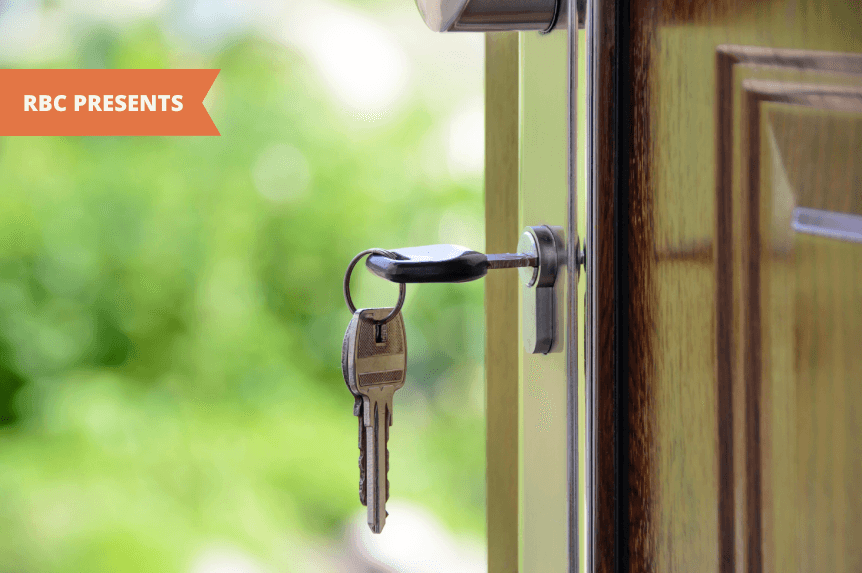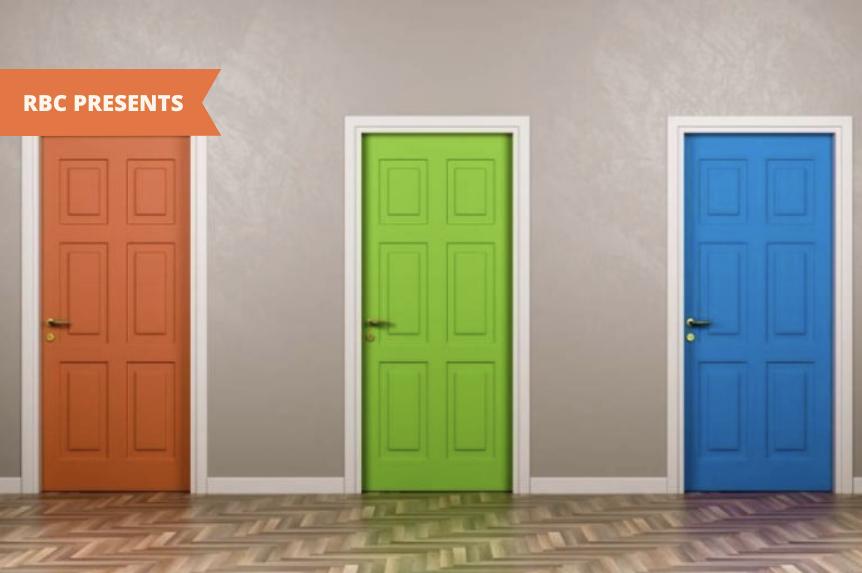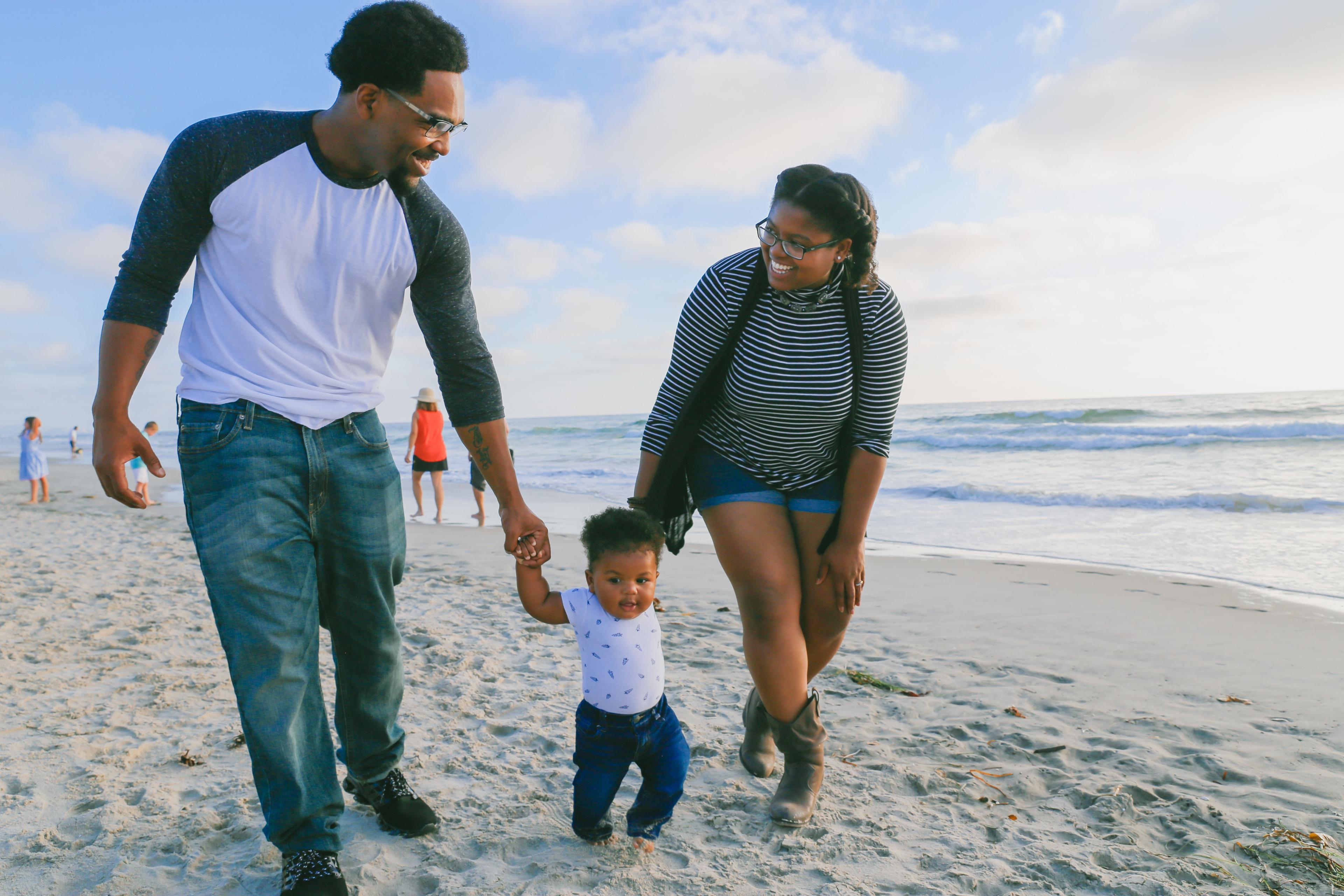What to Know About the New First Home Savings Account

Let’s not sugarcoat things – saving for a home can feel daunting. But like every savings goal, be it a vacation, retirement or building an emergency fund for the unexpected, just getting started is key.
Even if home ownership feels so far away (and so expensive!), there’s a new account aimed squarely at Canadian first-time homebuyers that makes getting started actually sound, well, possible. Meet the First Home Savings Account, or FHSA.
The FHSA allows eligible individuals to contribute up to $40,000 of principal for their first home and combines the tax advantages of two existing registered plans — the registered retirement savings plan (RRSP) and the tax-free savings account (TFSA).
Here are eight key questions answered about the new account.
1) Who can open an FHSA?
The FHSA is aimed at Canadians planning to buy their first home. To open one, you must be a Canadian resident at least 18 years old (or age of majority in your province) and a potential first-time homebuyer. “First-time homebuyer” in this case means you or your spouse or common-law partner did not own a home that you lived in as your principal place of residence in the year the account is opened or in any of the four preceding calendar years.
2) Are there contribution limits?
You can contribute up to $8,000 per year to an FHSA, up to a lifetime maximum of $40,000. Unused room can be carried over to the next year, up to a maximum of $8,000. For example, if you open an FHSA in 2023 and contribute $6,000, you would be able to contribute up to $10,000 in 2024 (i.e., $8,000 for 2024, plus the remaining $2,000 left from 2023). Carry-forward amounts start accumulating only after you open an FHSA.
3) What are the tax benefits?
The FHSA combines the tax advantages of an RRSP and a TFSA. And when it comes to taxes, this is a big deal. First, like an RRSP, contributions to an FHSA are tax-deductible. So, if you contribute $8,000 you can deduct the same amount from your taxable earnings. You can use the deduction in the year you contribute or carry it forward to a later year, which may be useful if you expect to be in a higher tax bracket in the future. (Note: Unlike RRSPs, any contributions you make in the first 60 days of the year can’t be deducted from the previous year’s income.) Second, if you are making a qualifying withdrawal, you won’t pay tax on that withdrawal. Like a TFSA, this includes principal and potential growth. (All withdrawals from an RRSP are subject to income tax.)
If you are making a non-qualifying withdrawal (in other words, not using it for a home purchase), then you would pay income tax on the principal and potential growth, just like an RRSP withdrawal.
Learn more about all three registered investment plans in TFSA vs RRSP vs FHSA: Your Top Questions Answered.
4) What investments can be held in an FHSA?
The list of qualified investments for the FHSA is the same as it is for TFSAs. After you contribute to the account, you can choose to invest in publicly traded stocks, ETFs, mutual funds, bonds, etc.
The prohibited investment and non-qualifying investment rules applicable to other registered plans will also apply to FHSAs. Speak to your tax advisor if you have questions on these rules.
5) How is the FHSA different from the Home Buyers’ Plan?
With the government’s existing Home Buyers’ Plan (HBP), first-time homebuyers can withdraw (tax-free and without penalty) up to $35,000 from their RRSP to buy a house. This is considered a “loan” and must be paid back into the RRSP within 15 years.
First-time homebuyers can choose to use both the HBP and FHSA together. This means that by maximizing both programs, you could put $75,000 (plus any investment growth in the FHSA) toward a down payment.
You have a maximum of 15 years to invest within an FHSA, and the account must be closed in the year you turn 71. If you make a qualifying withdrawal from your FHSA, you must close the account by the end of that calendar year.
Comparing the FHSA and the HBP:
HBP withdrawals must be paid back into your RRSP. FHSA withdrawals do not.
The FHSA lifetime contribution limit ($40,000) is higher than the maximum HBP withdrawal limit ($35,000)
After you pay the HBP back into your RRSP, withdrawals are ultimately taxed. Qualifying FHSA withdrawals are tax-free.
6) How do withdrawals work?
The FHSA is designed for people buying a first home. For this reason, withdrawals will only be tax-free if they meet certain conditions. You must have a written agreement to buy or build your home before October 1 of the year after you make the withdrawal. The home must be in Canada and must be your first, as defined above. You can make one lump-sum withdrawal or multiple, as needed, but the account must be closed by the end of the year after your first withdrawal.
If your withdrawal does not meet the above requirements, it will be included in your taxable income for that year and tax will be withheld. You do not get the contribution room back after making a non-qualifying withdrawal.
7) What if homebuying plans change?
If you decide not to buy a house in the 15 years an FHSA can remain open, then you can transfer the money you’ve contributed (and any investment income earned) directly to an RRSP or a RRIF. There is no penalty and no tax at the time of transfer. However, keep in mind that once in the RRSP or RRIF account, the money will then be taxable when you withdraw based on the rules of those account types.
When you transfer money from an FHSA to an RRSP, it doesn’t change your RRSP contribution limits. It becomes $40,000 (plus any income) of additional contribution room. On the flip side, you won’t get that FHSA contribution room back – once used, it’s gone.
8) Are contributions to a spouse’s FHSA allowed?
Spousal contributions (and deduction claims) are not allowed, but there is an opportunity for spouses and common-law partners to work together to maximize the FHSA. The government made an exception to the “attribution” rules, which means you can lend a spouse or partner money for an FHSA without having to take on the tax burden of any income earned in the account (as would normally happen with a spousal transfer of assets).
So, is an FHSA right for you? If you’re looking for a tax-efficient way to save toward the purchase of a home, then it may be. And if you don’t end up buying or building a qualifying home, you can direct the funds toward your retirement. Check out rbc.com/firsthome to learn more about the FHSA.
For more from our partners at Inspired Investor, visit rbc.com/inspiredinvestor.
The material in this What to Know About the New First Home Savings Account article is intended as a general source of information only, and should not be construed as offering specific tax, legal, financial or investment advice. Every effort has been made to ensure that the material is correct at time of publication, but we cannot guarantee its accuracy or completeness. Interest rates, market conditions, tax rulings and other investment factors are subject to rapid change. You should consult with your tax advisor, accountant and/or legal advisor before taking any action based upon the information contained in this What to Know About the New First Home Savings Account article.








